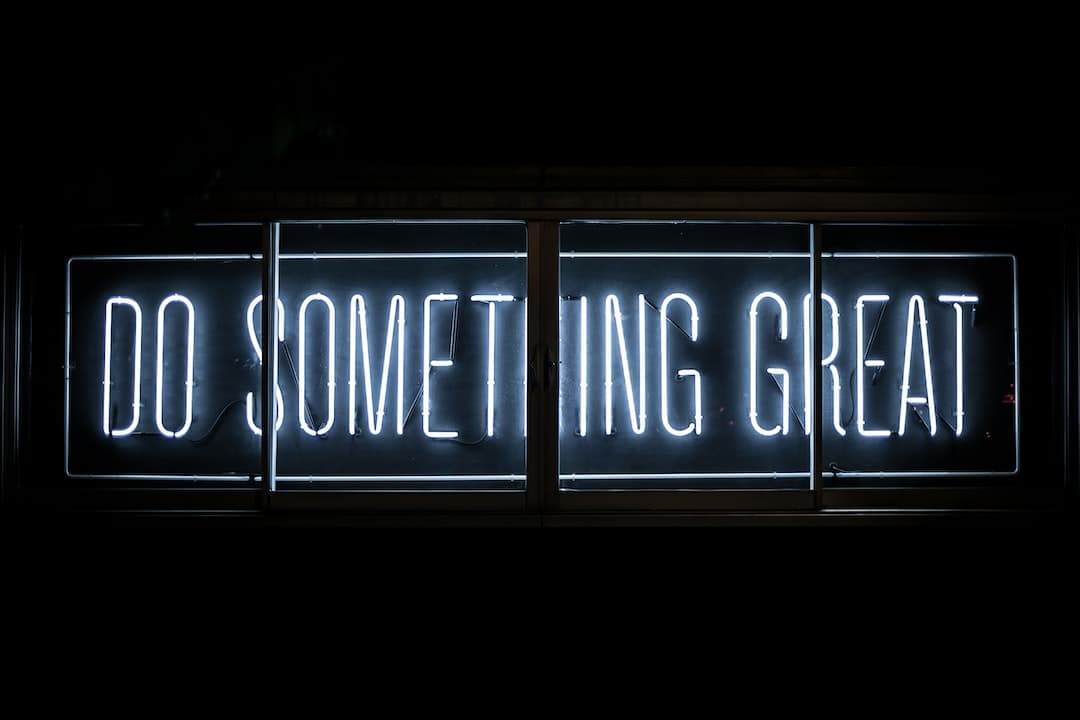Introduction
Community engagement is the process of involving people in the activities and decisions that affect their community. It is a way to build relationships, create dialogue, and solve problems together.
Community engagement is important because it can help to improve the quality of life for everyone in a community. It can also help to build stronger communities and make them more resilient to challenges.
This article will discuss the importance of community engagement, how to engage your community, and some of the benefits of community engagement.
Community Engagement Ideas
There are many ways to engage your community. Here are a few ideas:
- Host community events.
- Create a community website or social media page.
- Start a neighborhood watch program.
- Volunteer your time at a local community organization.
- Donate money to a local cause.
- Get involved in local politics.
- Start a blog or podcast about your community.
- Write letters to the editor of your local newspaper.
- Speak up at public meetings.
These are just a few ideas to get you started. The best way to engage your community is to find out what interests people and then find ways to connect with them on those topics.
Benefits of Community Engagement
There are many benefits to community engagement, including:
- Increased social capital
- Improved public health
- Reduced crime rates
- Enhanced economic development
- Improved quality of life
Community engagement can help to build stronger communities by creating opportunities for people to come together, work together, and solve problems together. It can also help to improve the lives of individuals by providing them with opportunities to learn new skills, develop new relationships, and make a difference in their community.
Community Engagement Ideas
Here are some ideas for how to engage your community:
- Hold community events.
- Create a community website or social media page.
- Start a community newsletter or blog.
- Organize volunteer opportunities.
- Create a community fund or foundation.
- Support local businesses.
- Get involved in local government.
- Donate your time or money to a cause.
- Be a good neighbor.
Strategies for Community Engagement
There are many different strategies that can be used to engage a community. Some of the most common strategies include:
- Holding community events
- Creating a community website or social media page
- Reaching out to local businesses and organizations
- Encouraging residents to get involved in local government
- Providing opportunities for residents to learn about and discuss important issues
Each community is unique, so the best strategies for engagement will vary depending on the specific needs and interests of the community. It is important to experiment with different strategies and see what works best for your community.
Here are some tips for developing effective community engagement strategies:
- Start by identifying the needs and interests of your community.
- Create a plan that outlines your goals and objectives for community engagement.
- Use a variety of strategies to reach a wide range of people.
- Be patient and persistent. Community engagement takes time and effort to build.
By following these tips, you can develop effective community engagement strategies that will help you build a stronger and more vibrant community.
Tools for Community Engagement
There are a number of tools that can be used to engage with your community. These tools can be used to communicate with your community, to gather feedback, and to organize events.
Some of the most popular tools for community engagement include:
- Social media
- Email marketing
- Websites and blogs
- Surveys and polls
- Events and workshops
Each of these tools has its own advantages and disadvantages. It is important to choose the tools that are most appropriate for your community and your goals.
When using tools for community engagement, it is important to be mindful of privacy and security concerns. Make sure that you are using tools that are secure and that you are not collecting or using personal information without the consent of your community members.
Tools for community engagement can be a powerful way to connect with your community and to make a difference. By using these tools wisely, you can build relationships, gather feedback, and organize events that will benefit your community.
Case Studies of Community Engagement
Here are a few examples of successful community engagement initiatives:
- The City of Boston’s “Adopt-a-Park” program allows residents to volunteer to care for a specific park in their neighborhood. The program has been in place for over 20 years and has helped to improve the condition of parks across the city.
- The San Francisco Giants’ “Community Fund” donates a portion of every ticket sale to local charities. The fund has donated over $100 million to date and has supported a wide range of programs, including youth sports, education, and homelessness prevention.
- The United Way of America’s “Day of Caring” is a national event that encourages volunteers to come together to improve their communities. In 2018, over 2 million people participated in the event, which resulted in over $1 billion in community impact.
These are just a few examples of the many ways that communities are engaging their residents and making a difference. By working together, we can create stronger, more vibrant communities for everyone.Measuring the Success of Community Engagement
Measuring the success of community engagement can be challenging, but it is essential to ensure that your efforts are making a difference. There are a number of different ways to measure community engagement, but some of the most common include:
- Tracking participation in community events
- Surveying community members about their level of engagement
- Evaluating the impact of your community engagement efforts on specific outcomes
When choosing how to measure your community engagement efforts, it is important to consider the specific goals you are trying to achieve. For example, if you are trying to increase participation in community events, you will want to track the number of people who attend your events. If you are trying to improve the quality of life in your community, you will want to evaluate the impact of your efforts on specific outcomes, such as crime rates or poverty rates.
It is also important to remember that measuring community engagement is an ongoing process. The methods you use to measure your efforts will likely need to be adjusted over time as your goals and objectives change. By regularly evaluating your community engagement efforts, you can ensure that you are making a positive impact on your community.
Conclusion
In conclusion, community engagement is essential for creating strong and vibrant communities. By getting people involved in their communities, we can create a sense of belonging, build relationships, and solve problems together.
There are many ways to engage your community, from organizing events to providing opportunities for people to volunteer their time. The key is to find what works for your community and to make sure that you are engaging people in a way that is meaningful to them.
If you are looking for ways to engage your community, here are a few resources that you may find helpful:
- EngagementHQ: A platform that helps organizations engage their communities through online and offline channels.
- Civic Engagement Center: A resource hub for information on civic engagement and how to get involved in your community.
- Community Toolkit: A collection of resources and tools to help you build strong and vibrant communities.
Thank you for reading!




